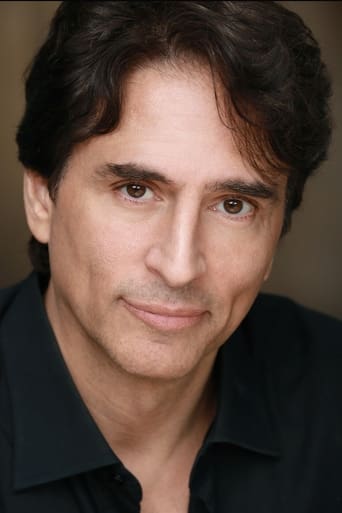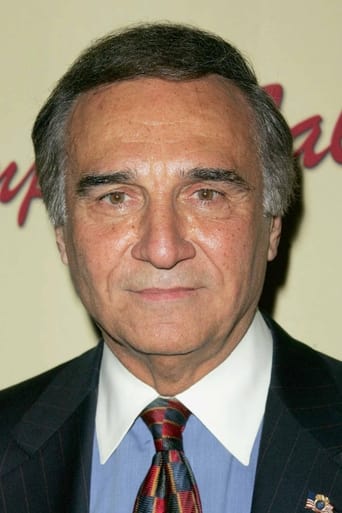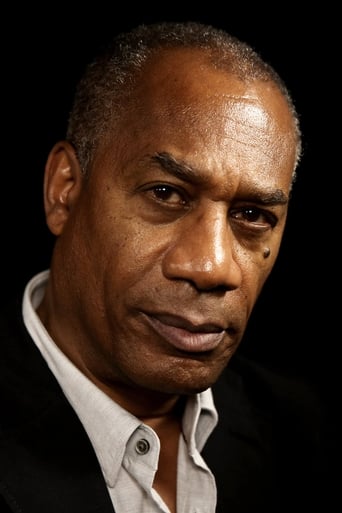Dynamixor
The performances transcend the film's tropes, grounding it in characters that feel more complete than this subgenre often produces.
Kien Navarro
Exactly the movie you think it is, but not the movie you want it to be.
Tymon Sutton
The acting is good, and the firecracker script has some excellent ideas.
Geraldine
The story, direction, characters, and writing/dialogue is akin to taking a tranquilizer shot to the neck, but everything else was so well done.
Robert J. Maxwell
A New Jersey city in which all loyalties are mixed up -- ethnic, racial, personal, family. Some people turn one way or another reflexively. Others feel as if each limb has been tied to a different horse and their slowly being pulled apart. Vincent Spano gets the main credit here but it really belongs to John Sayles who wrote and directed this tale of a near hopeless urban condition. Some guys are obviously "bad" -- the phony Italian mayor. But most of the people we see are just trying to please the people they owe something to, while making a buck on the side if it's possible. Even the cops are given more than one dimension.I don't want to get snobbish but the philosopher Immanuel Kant wrote a lot about moral acts. He divided them into two kinds. "Hypothetical imperatives" were acts that came from thinking, "What's in it for me?" And "categorical imperatives" led to different acts that came from thinking, "What if everybody did this?"Only one character is impelled by categorical imperatives -- Joe Morton as the Councilman representing the black and Hispanic district -- and in the end, it seems he may have been won over to the other side. It's hard to tell. The ending of the film is ambiguous. Periodically the viewer has seen David Strathairn as a raving lunatic who goes around shouting things like, "Help!" and "Prices have never been lower!" Everyone pays him civil inattention. He's seen in jail, on the streets, and in crowds. And here, at the end, Vincent Spano is hiding atop a building crane with a bullet in him. His father, Tony Lo Bianco, tries to comfort him and then cries out "Help -- somebody help!" The camera shows us the street far below, lighted with those garish yellow city lamps. It's entirely empty except for a lone figure. It's Strathairn, who waves his arms back at Lo Bianco, shakes a hurricane fence, and begins to shout, "Help!" The likelihood of an improved situation is small.You have to hand it to John Sayles. It took a lot of courage to make this movie, and some of his others. They're filled with corruption and sometimes murder but they're not simple minded. The figures at the top of the hierarchy are sometimes the main cause of urban rot -- as in this case -- but they're not exactly evil. Like everybody else, they're move in a direction towards reward and away from punishment -- only their rewards are greater and their punishments less. At least in this movie. Historically every man who served as mayor of Newark, New Jersey, between 1962 and 2006 was indicted for corruption.It's really an ensemble movie and there are multiple intertwined plots so it's hard to outline them. Overall, it's a picture of life among the working class and the poor. The film doesn't leave anyone with an easy way out. As I say, a courageous movie.
futures-1
"City of Hope": Let writer/director John Sayles pull you into one huge, HUGE, swirling Swirling SWIRLING mmmMMesSsmEEEesSSSMsmeSss of corruption. A big city has all the typical problems. Everyone operates realistically – i.e., you scratch my back, maybe I'll scratch yours. Right and wrong are lost concepts. Social and political survival tactics are practiced by the hunters and the hunted. No one is clean. Deals are made. Victims are collateral damage. It is a realistic story, with slightly enlarged dramatic characters. You won't laugh. (P.S. - See John Sayles film "The Secret of Roan Inish". It is nothing like "City of Hope" but it's amazing and wonderful.)
dbdumonteil
Some people complain about the number of subplots:That's precisely what makes this movie so original and so endearing.This is a small microcosm of characters we follow during two hours without getting bored.Sometimes the director leaves two people talking for two other ones in the same sequence:this technique is an update of what William Wyler used to do notably in "detective story" (1952) and even "best years of our lives"(1946).The sequences are very short and are intertwined with skill;the cast is uniformly good,with Tony LoBianco as the stand-out.This is a very interesting movie ,focusing on such important subjects as responsibility,honesty and dignity.Really worthwhile.
TheMrLee
The 6 I gave "City of Hope" is the lowest rating I've given any Sayles film. I'm a bit loathe to give any of his films a poor rating because he makes such though-provoking films, but "City of Hope" never came together for me. Unlike the many different characters and situations he pulled together in his masterful "Lone Star," "City of Hope" felt disjointed, as if the stories where connected only superficially. I suspect it needs another fifteen minutes to pull everything together, but since Sayles has complete control over his films, the lack of end coherence must be blamed on him.There are some wonderful performances in this film, especially Vincent Spano, who seems to have disappeared from film.Well worth checking out, but I'd suggest watching "Lone Star," "Matewan," "Passion Fish," and "Men with Guns" first.





